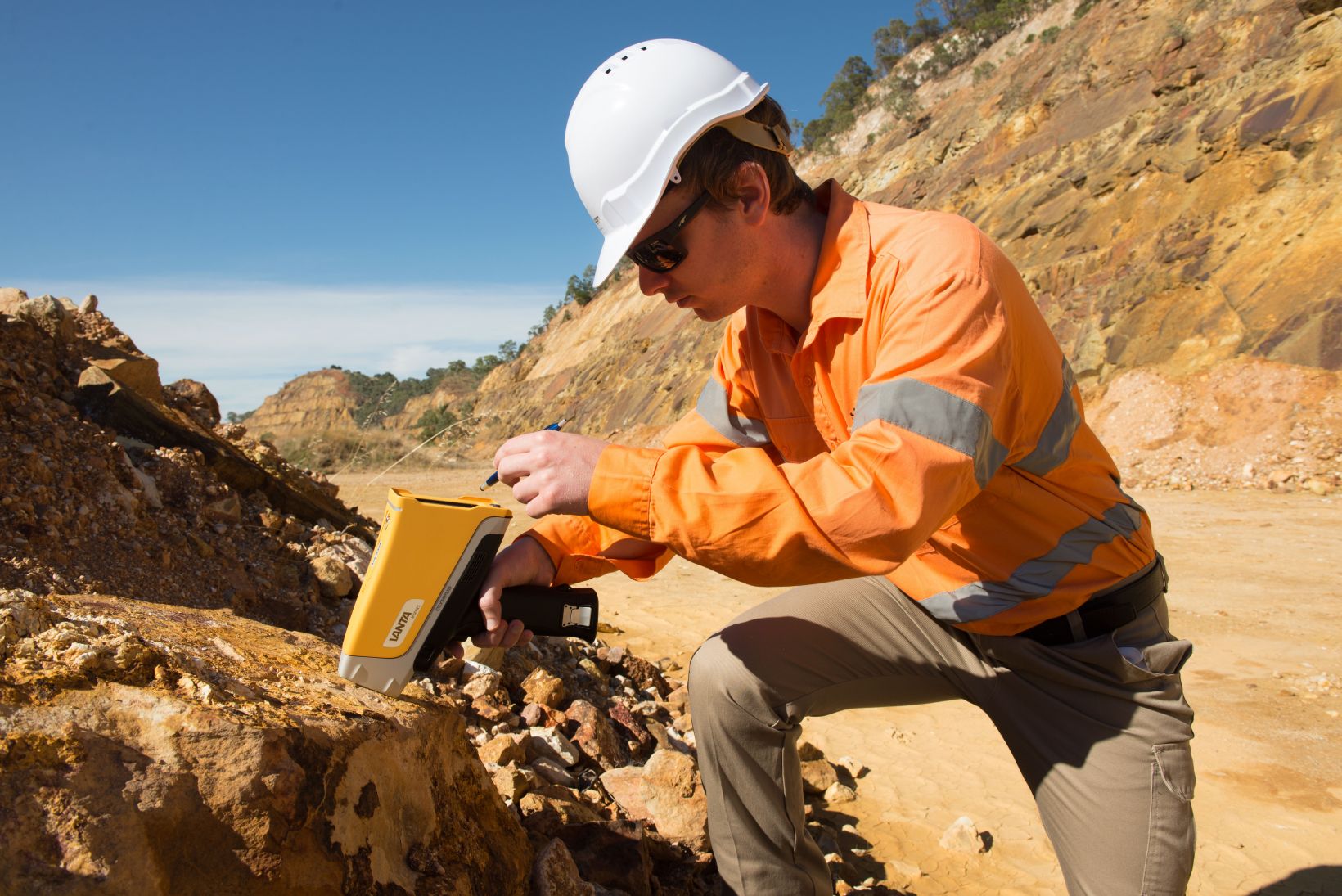In Dr. James Miller’s cozy office, nestled among mineral specimens and
rock samples, lies a special collection. These are children’s books
about rocks, volcanoes, and dinosaurs. “Many are surprised when they
see them here,” he smiles, “but these books are my faithful
assistants.”
Every day, young families visit him with children curious about rocks
they’ve found during walks. And instead of dry scientific
explanations, Dr. Miller reaches for a colorful book.
“I remember when little Tommy came in with a piece of quartz. Usually,
children quickly lose interest when they hear scientific terms. But
the story about the crystal cave and its sparkling guardians instantly
captured his attention. Now he dreams of becoming a geologist!”
These books find their use in field expeditions too. When geologists
meet curious locals, especially children, the colorful illustrations
help explain what they’re doing.
Why are children’s books so effective in a geologist’s work?
Complex processes are explained through relatable stories
Vibrant illustrations help remember mineral types
Engaging plots spark interest in science
Simple language makes geology accessible to everyone
Experienced geologists notice: when people understand basic geological
principles, they become more mindful of natural resources. And what
better way to explain these principles than through a children’s book?
Children’s books help geologists:
Explain complex geological processes
Attract young people to the profession
Develop environmental awareness
Make science more approachable
“The most important thing,” says Dr. Miller, “is that these books
don’t just teach, they inspire. When parents see their children’s eyes
light up, they often ask where to find such books for their home
library.”
Imagine your child discovering the secrets of ancient volcanoes,
finding dinosaur fossils, and building their first mineral collection.
All this is possible through engaging geology books that turn science
into an exciting adventure.



